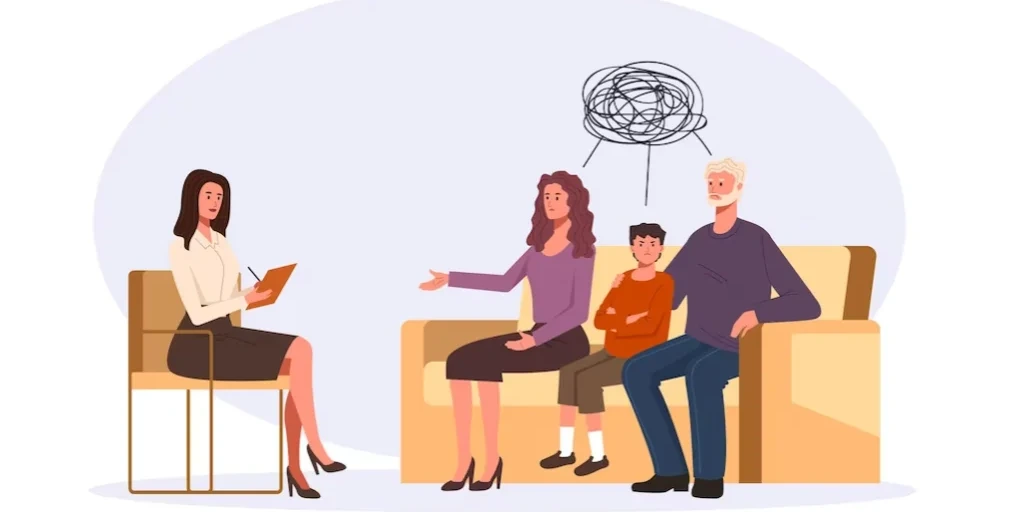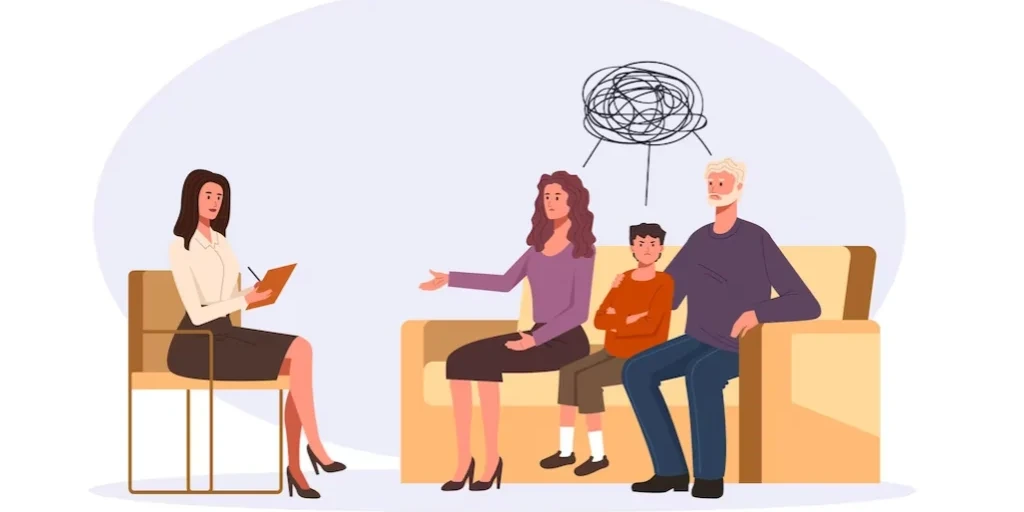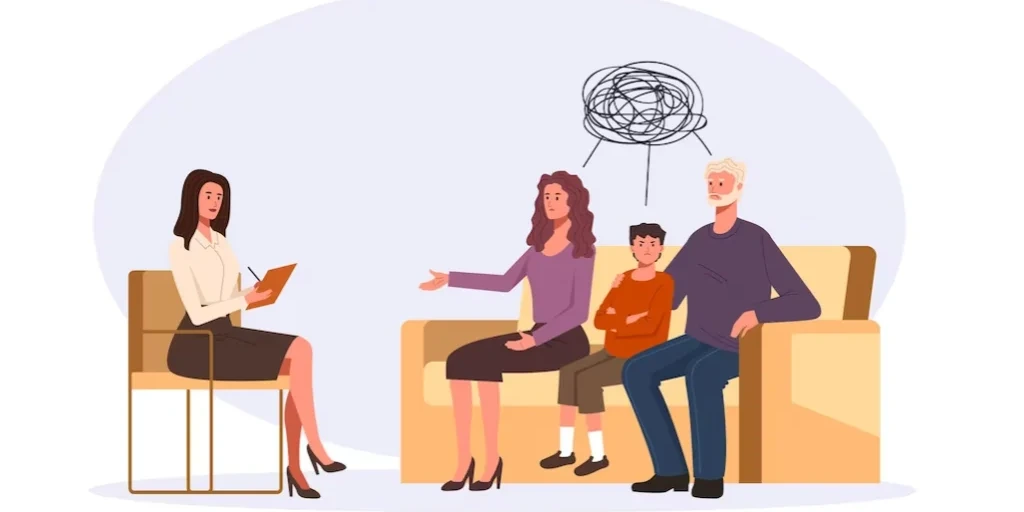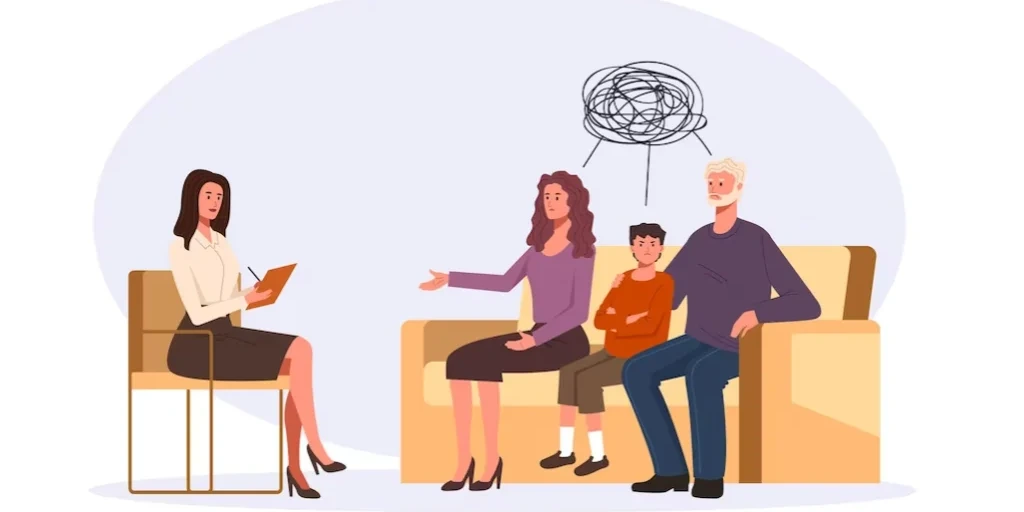24/7 Helpline:
(866) 899-221924/7 Helpline:
(866) 899-2219
Learn more about Stimulant Detox centers in Blackfoot

Other Insurance Options

GEHA

Providence

Excellus

Aetna

Lucent

Highmark

Ambetter

Oxford

Health Choice

State Farm

Ceridian

Cigna

BlueShield

WellPoint

Sliding scale payment assistance

Premera

CareSource

Choice Care Network

EmblemHealth

CareFirst

J and M Mental Health
J and M Mental Health is a private rehab located in Blackfoot, Idaho. J and M Mental Health speciali...

Family Pathways Cooperative
Family Pathways Cooperative is a private rehab located in Blackfoot, Idaho. Family Pathways Cooperat...

Region VII Mental Health Services
Region VII Mental Health Services is a public rehab located in Blackfoot, Idaho. Region VII Mental H...

Road to Recovery
Road to Recovery is a private rehab located in Blackfoot, Idaho. Road to Recovery specializes in the...

A to Z Family Services
A to Z Family Services - South Broadway Street is a private rehab located in Blackfoot, ID. A to Z F...

Addiction Recovery Services
Addiction Recovery Systems provides Medication Assisted Treatment, Outpatient Treatment, DUI/DWI Cla...

Key Point Health Services – Outpatient
Key Point Health Services – Outpatient is a private rehab located in Aberdeen, Maryland. Key Point H...

Port Health Services
PORT Health Services is a Critical Access Behavioral Health Agency (CABHA) licensed by the State of ...

Northeastern Mental Health Center
Northeastern Mental Health Center is a private rehab located in Aberdeen, South Dakota. Northeastern...

HarborCrest Behavioral Health
HarborCrest Behavioral Health is a substance abuse disorder unit belonging to the Harbor Regional He...

Social Treatment Opportunity Programs – STOP
Located in Tacoma, Washington, Social Treatment Opportunity Programs (STOP) provides alcohol and dru...


























SAFE Sober Recovery
SAFE Sober Recovery is a private rehab located in Aberdeen, Maryland. SAFE Sober Recovery specialize...

Serenity Health
Serenity Health, located in Aberdeen, Maryland, provides alcohol and drug rehab services and mental ...

Prairie View Prevention Services
Prairie View Prevention Services is a private rehab located in Aberdeen, South Dakota. Prairie View ...

Lutheran Social Services – Aberdeen Counseling
Lutheran Social Services – Aberdeen Counseling is a private rehab located in Aberdeen, South Dakota....

Adjustment Training Center Rehabilitation Service – Residential Program
Adjustment Training Center Rehabilitation Service – Residential Program is a private rehab located i...

Avera St. Luke’s – Worthmore Addiction Services
Avera St. Luke's - Worthmore Addiction Services is a program based on the 12 step philosophy and off...

AA – Alcoholics Anonymous
AA – Alcoholics Anonymous is a non-profit rehab located in Aberdeen, South Dakota. AA – Alcoholics A...

Cedar Grove
Cedar Grove is a private rehab located in Aberdeen, Washington. Cedar Grove specializes in the treat...

Alano Club
Alano Club of Aberdeen is a rehab located in Aberdeen, WA. Alano Club of Aberdeen specializes in the...

True North Student Assistance and Treatment Services
True North Student Assistance and Treatment Services is a public rehab located in Aberdeen, Washingt...

Lifeline Connections – Aberdeen Office
Lifeline Connections is a private non-profit corporation located in Aberdeen, Washington. Lifeline C...







































































































